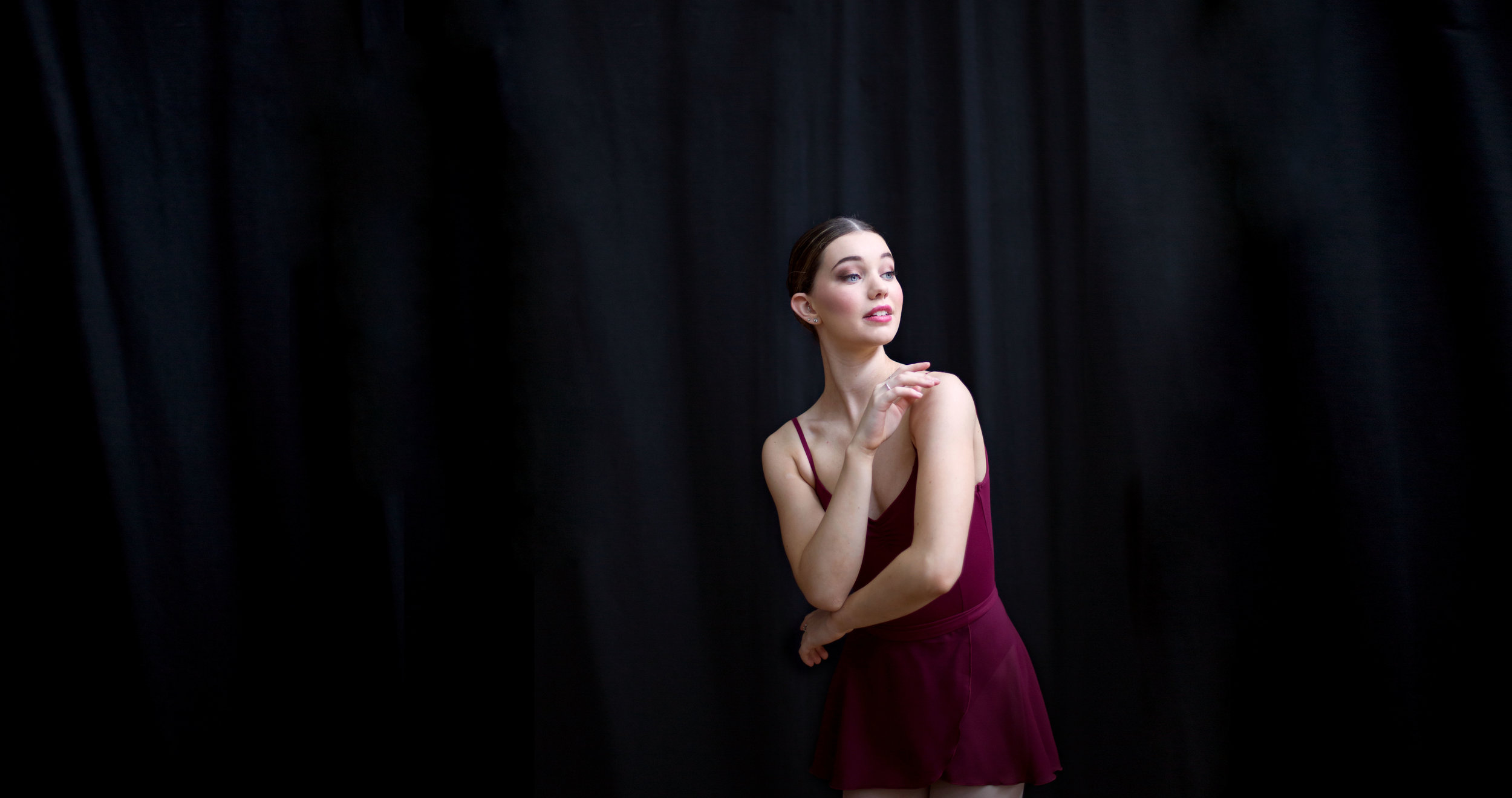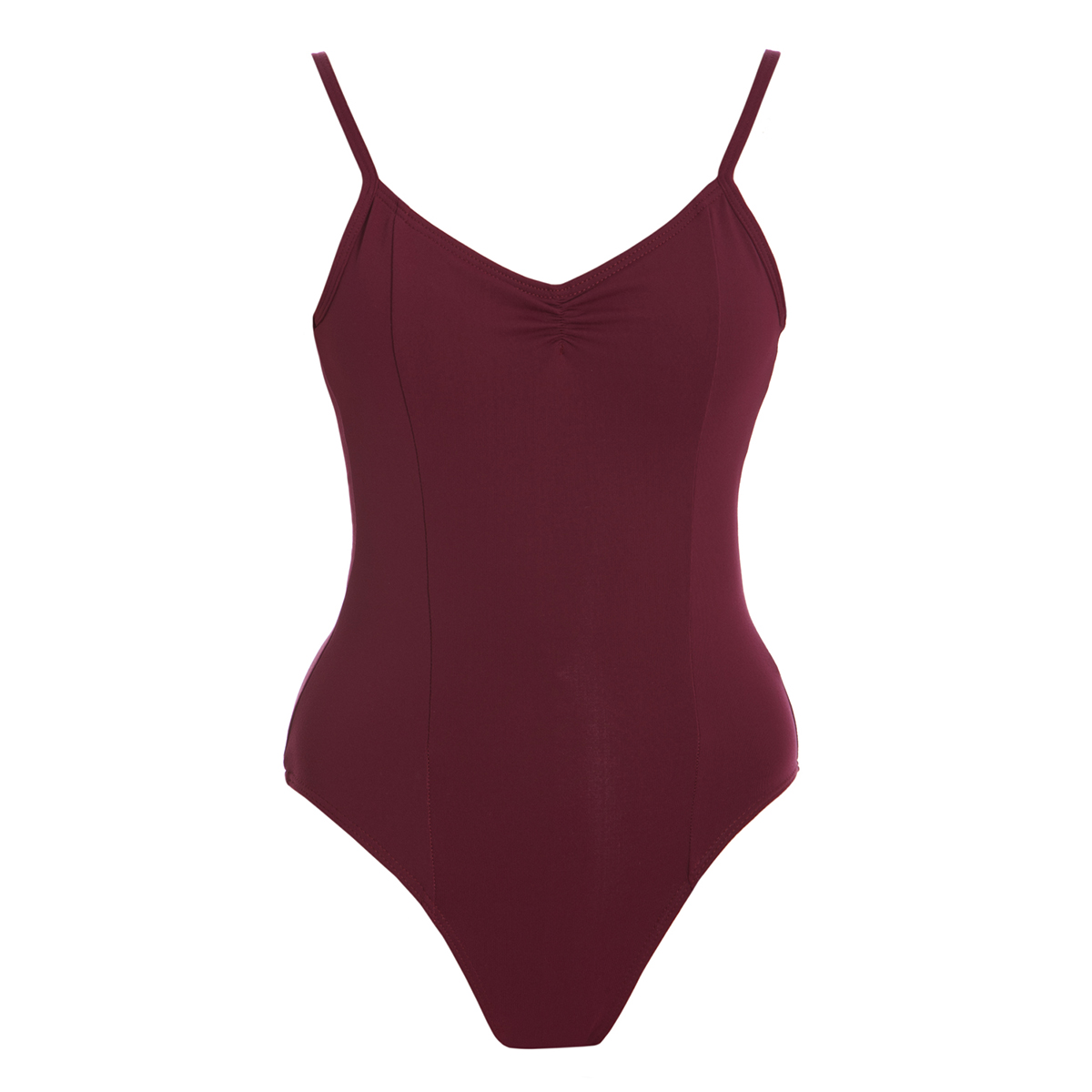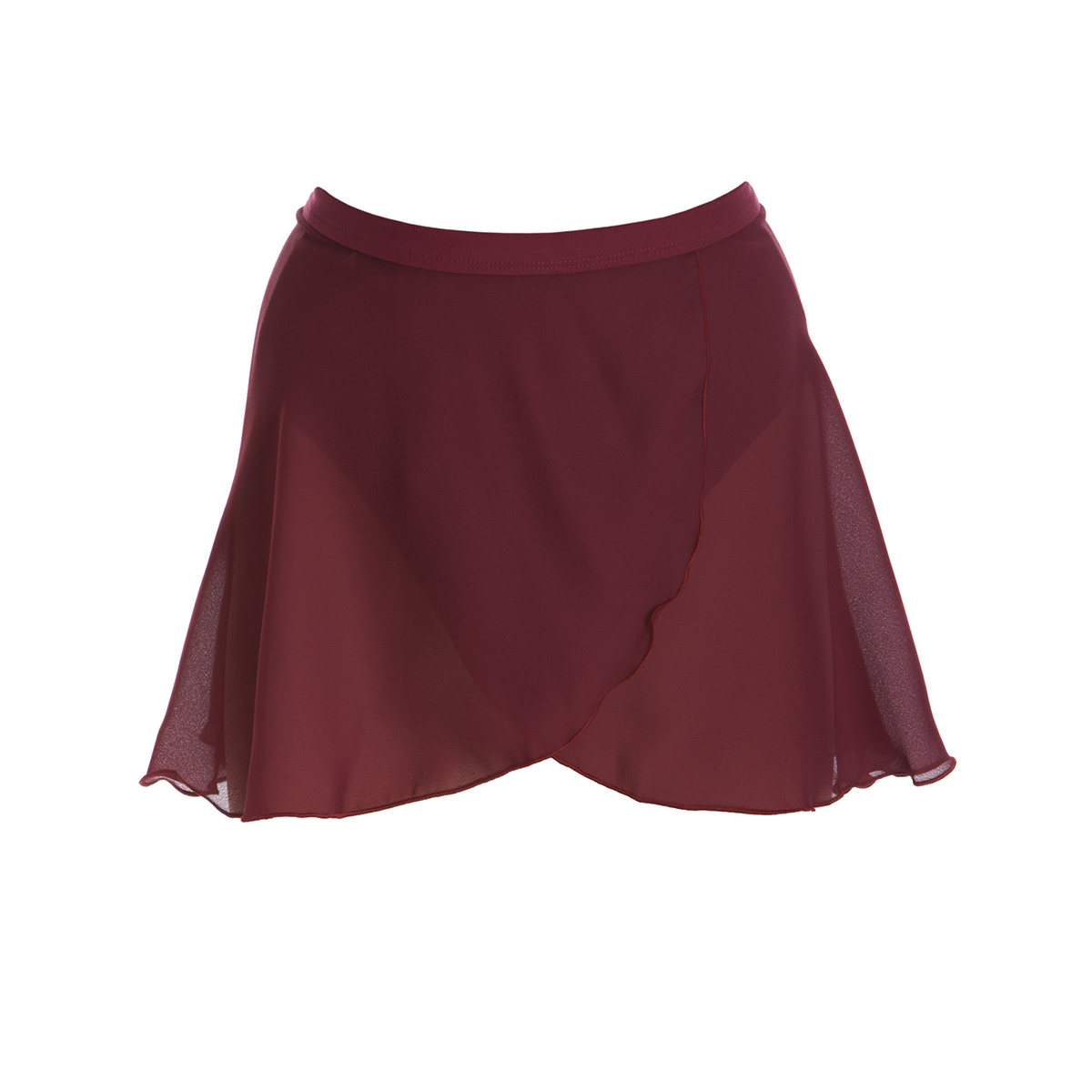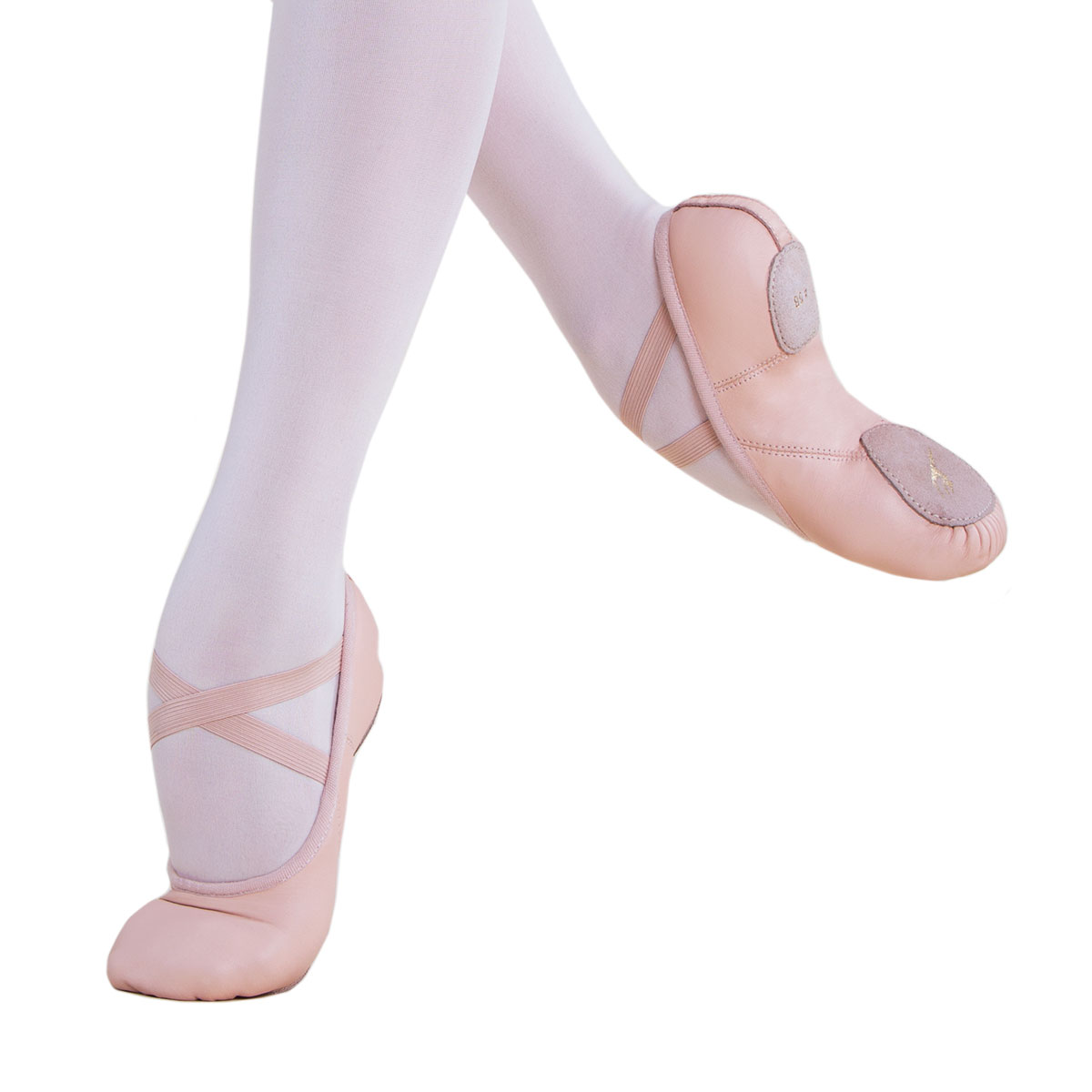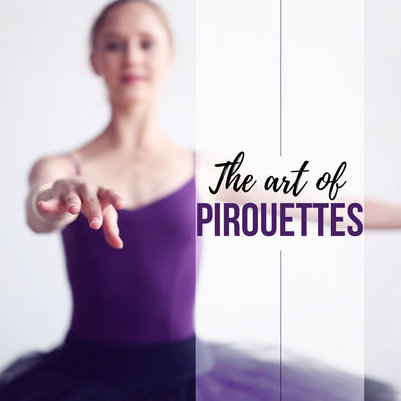Technique 101: Using your face for performance
When dancers think technique, we often focus on what we consider the fundamentals of dance – basic core strength, correct use of the feet, legs and arms, beautiful lines, turn out – you get the idea. These principles are central to a good foundation in any dance genre, but often the artistic aspects can be overlooked in favour of these technical elements. Using your face alongside the movements of your body should not be an afterthought, or worse, forgotten altogether. Instead, consider the use of your face as an essential technical aspect of your dancing, both in class and performance.
Have you ever seen someone smile but you knew that they didn’t really mean it? Chances are they weren’t smiling with their eyes – and you could tell. It is certainly true that not every dance performance requires a smile, but in order to connect emotionally with the audience, your eyes should reflect the emotions of the piece. In other words, if you are going to smile, make sure that the genuine joy you’re feeling on stage is coming through in your eyes - don't force it. The same applies if you’re expressing sadness. If your movements are reflecting sorrow but your face is disengaged, there will be a disconnect with the audience and the animation in your body will be diminished. The eyes really do have it, so try to channel whatever you're feeling, be it joy, sadness, fear or passion. Practice at home in front of the mirror, focusing solely on your eyes, and see what range of expressions you can create with just the top half of your face.
It’s all very well to express emotion with your eyes, but if they are pointed at the floor, your efforts are going to waste. This can be a particular problem for dancers who are used to only dancing in a studio; in this instance your teacher is at your level, and it is all too easy to focus your face directly at them. When you move into an onstage environment however, unless you make adjustments, to most of the audience it will seem like you are looking at the floor even if you're not. This is because of the setup of most traditional theatres, where the back of the stalls and the upper levels such as the balconies and circle seating are situated well above the stage. It would be impossible to focus your performance at the upper circle seating, – it would be too extreme - but you should choose a spot above your usual eyeline, at the back of the theatre (somewhere around the top of the stalls or the first circle level), to open yourself up to the audience. The secret is not to wait until you’re in a theatre to do this. When you are in class you should be dancing with a raised eyeline; pick something on the wall to focus on, like a clock or a beam, so that this becomes second nature to you.
So you’ve nailed the use of your eyes to convey emotion, and you’re focusing your face upwards to make the most of your audience and all that wonderful stage lighting. Now you need to mix it up. Those guidelines are basic foundations to build on, but the most successful dancers have light and shade and highs and lows both in their movements and in their facial expressions. You could simply perform every piece with a fixed smile plastered across your face, pointed upwards at your audience, and that would be monotonous and lacklustre. Nothing in dance should be forced, and the more you focus on your feelings while you dance, the more this will come through organically. So once you’ve mastered the basics, you then need to let go of any rigidity and allow your eyeline to drop or your facial expression to change when needed. If you think about your favourite performers, they will have moments of introspection and internalisation (sometimes they do look at the floor!) as well as moments of direct engagement with an audience member, even to the point of eye contact. This might seem counterintuitive to the first two steps, but in the end you want your face to go through a range of emotions to keep it interesting and draw people in. Just be aware of your audience, and try to keep yourself fairly open to them so that your face can still be seen even when you aren't looking straight ahead. And remember: this will take practice!
No, we aren’t suggesting you make up your dance as you go along, unless you’re doing an improv piece! We do suggest however that you think carefully about your makeup choices for every performance. We know it’s not actually a part of your dance technique, but it makes a big difference on stage, and in the studio too, if you wear makeup to class. If you are wearing extremely heavy or dark eye makeup, you can actually limit the expression that comes through on your face as your eyes will be partially obscured or hidden. Equally, if you aren’t wearing enough (probably a more common mistake), your facial features will disappear under the bright lights and no matter how beautiful your performance is, some of it will inevitably be lost. Getting the balance right can take practice. Thankfully we’ve got a handy how-to video below to help you make the most of your features, so make sure you check it out now so you're ready for your next theatrical debut.
Finally, the biggest thing to remember is that dance is a means of emotional expression. Whether you are in class or on stage, you will be feeling a certain way when you dance, and the key to a great performance is to get out of your head and live in every step. When you’re truly in the moment, it will shine through on your face. So it is important to master some basics, but eventually you want to reach a point where your face is naturally as much a part of the performance as the beautiful movements your body is making. Just relax and enjoy the journey, and your face will light up the stage!
Dara wears our Princess Line Camisole and Wrap Skirt in Burgundy. Shop her look below:
Article by Emily Newton-Smith
Read More:







